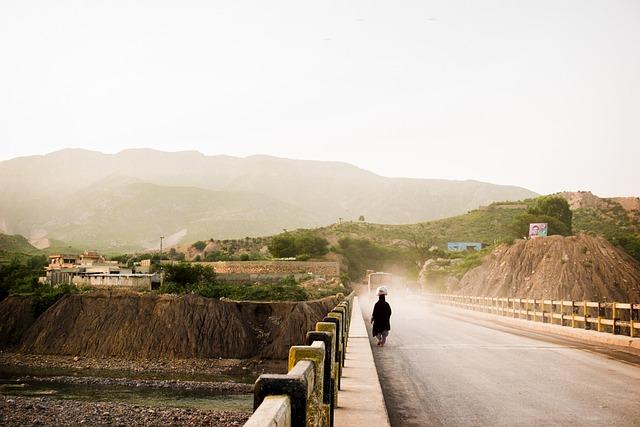Economic Lessons from Pakistan’s Past Crises
Pakistan, a nation rich in cultural heritage and natural resources, has faced numerous economic challenges throughout its history. The lessons learned from these crises are not only significant for policymakers and economists but also for citizens striving to understand their country’s economic landscape. This article delves into the crucial economic lessons gleaned from Pakistan’s past crises, providing insights that can help guide future recovery and resilience.
Understanding Pakistan’s Economic Crises
To effectively learn from past crises, it is essential to understand some of the key events that have impacted Pakistan’s economy:
- 1971 Economic Crisis
- 1980s Debt Crisis
- 2008 Financial Crisis
- 2010 Floods and Recession
1971 Economic Crisis
The separation of East Pakistan (now Bangladesh) in 1971 resulted in severe economic and political ramifications. The loss of the eastern wing considerably shrank the country’s industrial base and forced a re-evaluation of economic policies.
1980s Debt Crisis
In the late 1970s and 1980s, heavy borrowing led Pakistan down a perilous path of debt. This crisis highlighted the dangers of unsustainable borrowing and inadequate fiscal management.
2008 Financial Crisis
The global recession of 2008 exposed vulnerabilities in Pakistan’s banking system and triggered high inflation rates, affecting all economic sectors and leading to widespread unemployment.
2010 Floods and Recession
The devastating floods of 2010 displaced millions and caused significant damage to infrastructure and crops. This disaster emphasized the effects of climate change on economic stability.
Key Economic Lessons Learned
1. Importance of Fiscal Responsibility
One of the standout lessons from these crises is the significance of maintaining fiscal responsibility. A culture of accountability in budgeting and public spending is crucial for long-term economic health.
2. Diversification of the Economy
Pakistan’s reliance on a limited number of sectors for revenue exposes the economy to risks. Diversifying sectors, especially agriculture, manufacturing, and technology, can mitigate such vulnerabilities.
3. Infrastructure Development
Investing in infrastructure is vital for economic growth. Past crises have shown that inadequate infrastructure hampers economic activities and leads to inefficiencies.
4. Strengthening Financial Institutions
The stability and transparency of financial institutions have a significant impact on economic resilience. Strengthening regulatory frameworks can prevent crises similar to those experienced in 2008.
Practical Tips for Future Resilience
Based on the lessons learned from Pakistan’s economic crises, here are some practical tips to foster resilience:
- Promote Financial Literacy: Educating citizens on financial management and investment can lead to a more informed populace capable of making sound economic decisions.
- Encourage Private Sector Investment: Providing incentives for private sector investments can diversify economic activities and create jobs.
- Targeted Social Safety Nets: Establishing strong safety nets can protect the most vulnerable populations during economic downturns.
Case Studies: Successful Recovery Initiatives
Several initiatives have demonstrated resilience in the aftermath of crises:
Microfinance Initiatives
Programs like the Akhuwat Foundation have shown that providing accessible microloans can empower small entrepreneurs, fostering economic recovery and stability at the grassroots level.
Public-Private Partnerships (PPPs)
Investments in infrastructure through PPPs have showcased how collaboration between the government and private sector can drive development effectively. Successful examples include road construction and public health projects.
Conclusion
Pakistan’s economic history is marked by both challenges and opportunities for growth. The lessons learned from past crises serve as valuable guides for shaping future economic policies. By emphasizing fiscal responsibility, diversifying the economy, investing in infrastructure, and bolstering financial institutions, Pakistan can pave the way for a more resilient economic future. As citizens and policymakers reflect on these experiences, the aim should be to foster stability and propel the nation towards sustainable growth.



